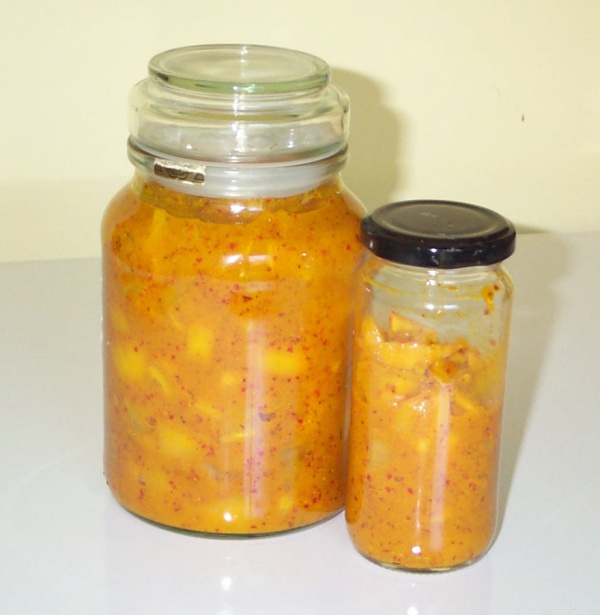Facts About Preserved lemon
Preserved lemons, also known as lemon pickles, are a popular condiment in both Indian and North African cuisines. The process involves pickling lemons in a mixture of water, lemon juice, salt, and sometimes spices, allowing them to ferment for several weeks or even months. This method results in a lemon peel with an intensely lemony flavor that is mildly tart, which is highly prized in many dishes. While you can use the pulp, the peel is generally the primary attraction.
Before using preserved lemons, you can wash or blanch them to reduce their saltiness. They are a staple in Moroccan cuisine and often featured in various dishes, pairing wonderfully with ingredients like olives, artichokes, seafood, and meats. You can even use them to add a zesty twist to beverages like Bloody Marys. In Ayurvedic and East African folk medicine, lemon pickle is also believed to offer various health benefits.
Historically, preserving lemons was a practical way to enjoy them beyond their natural season. Recipes for lemon pickles date back to the early 19th century in English, American, and Indian cookbooks. Fermentation, a key to their preservation, breaks down carbohydrates, proteins, and fats. Fermented foods like preserved lemons are known for their health benefits, including increased B vitamin production and improved nutrient absorption.
It’s worth noting that preserved lemons have a different nutritional profile compared to fresh lemons, with a reduced vitamin content due to the fermentation process. This process also changes the lemons' appearance and composition. Factors such as pH, sugar content, and any pesticides on the fruit can influence how well the fermentation process works.
Minerals, macronutrients, acids, and antioxidants all play significant roles in fermentation. Salt and citric acid from the lemons help inhibit microbial growth and extend the lemons' shelf life. Antioxidants are used to prevent lipid peroxidation and color fading. Citric acid, a crucial organic acid, is often produced through fermentation using microbes like Aspergillus niger or Candida spp., and is widely used in both the food and pharmaceutical industries.

 Mali
Mali